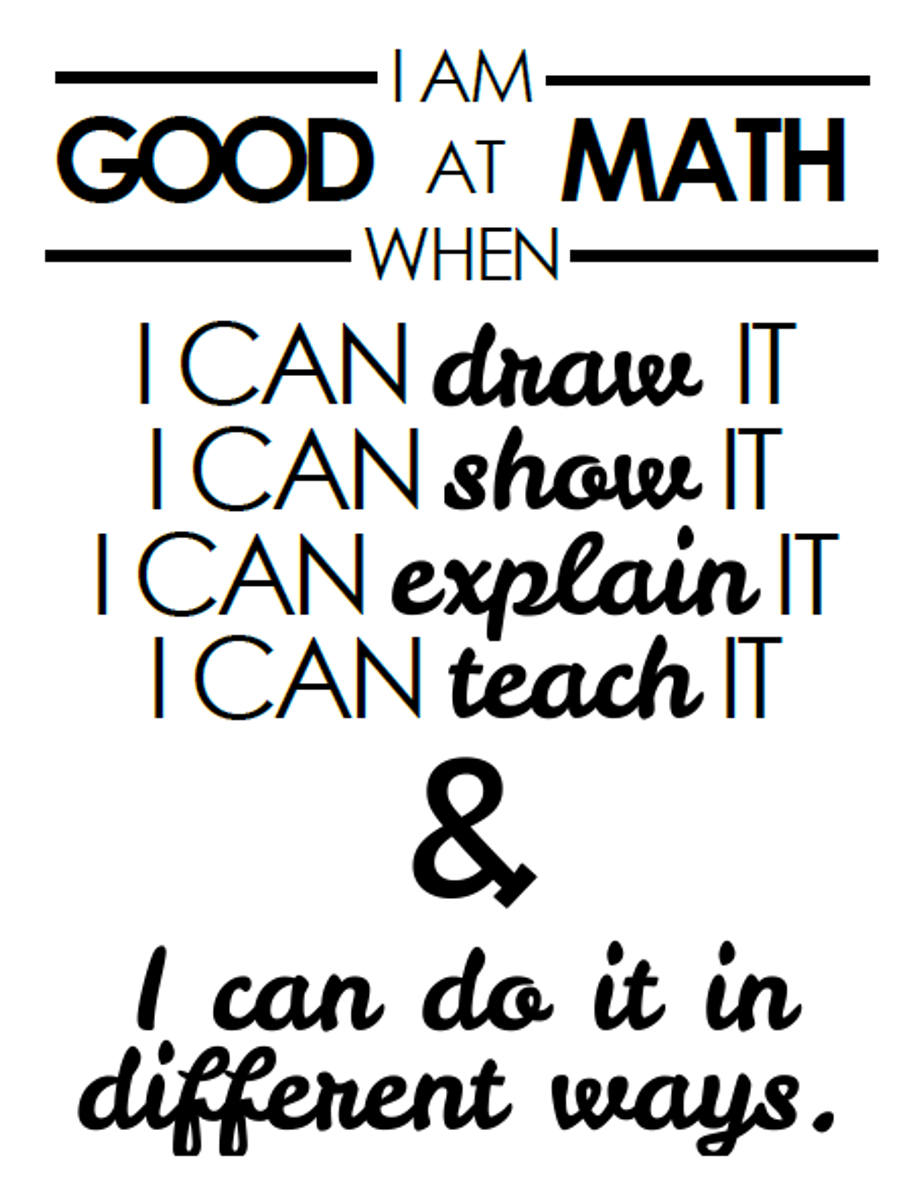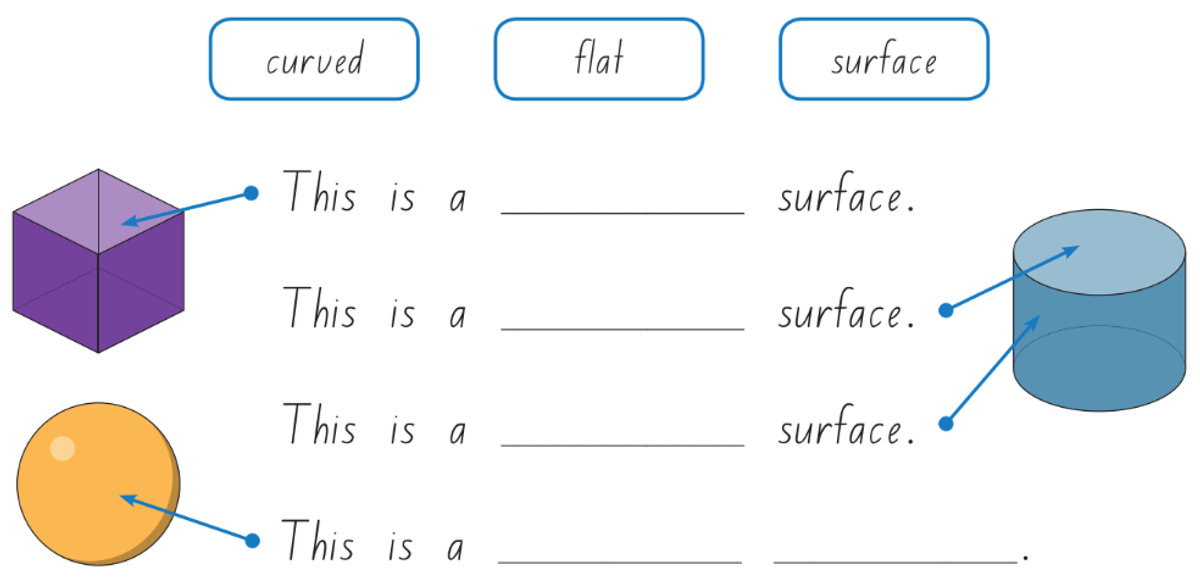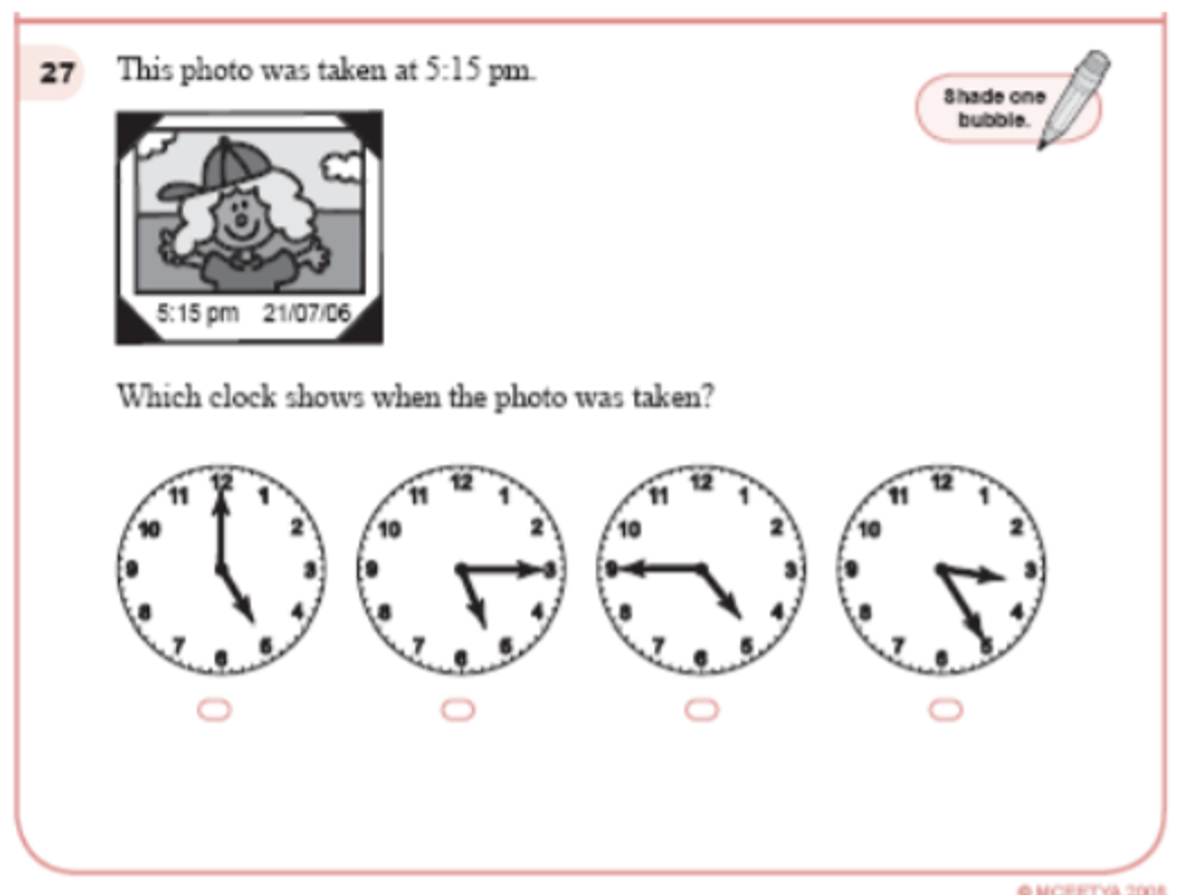The Learning Zone
"Learning is a treasure that will follow its owner everywhere." - Chinese Proverb

The Learning Zone
"Learning is a treasure that will follow its owner everywhere." - Chinese Proverb
"Coming together is the beginning, staying together is progress,
and working together is success." - Henry Ford
What is happening in the world of mathematics at St Joseph's? Let's take a look!
Please see the information below to assist your child at home or to see what they have been doing so far this term.


Maths At Home:
Kindergarten - Division
Before your child can begin to practice division problems, they first need to understand the concept of division. Explain it to them by relating the idea of division to the idea of sharing and grouping. Help them conceptualise it by explaining how a number of items can be shared equally between groups, and give them examples. You might show them how six biscuits can be given to three children so each of them has two, or how someone with eight apples could give four each to two friends.
Problems of the Week:
Try these problems. You could use counters, toys or even draw your answers.
Hugh had 10 jelly beans and he shared them equally with Samuel. How many jelly beans did each boy receive?
Callie is making necklaces with beads. She has 15 beads and wants to put 5 beads on
each necklace. How many necklaces will she make?
William had 18 cards. He gave two friends and himself an equal share so that they could all play a card game. How many cards did they each receive?
Stage 1 - 3D Objects
Note that the focus is on the recognition and identification of spheres, rectangular prisms, cubes and cylinders. Name 3D objects around your home. Examples include, bread (rectangular prism), ball (sphere), toilet roll (cylinder)


Stage 2 - Time
Incorporate Time Reading into Daily Routines: Encourage your child to read an analog clock regularly and describe the time using "past" and "to" the hour language (e.g., "10 minutes past 3" or "15 minutes to 6").


Estimate Event Duration: Ask your child to estimate how long everyday activities take in minutes, then use a timer to check their estimates. Connect this with understanding that 30 minutes is half an hour and 60 minutes is an hour.


Stage 3 - Multiplicative Relations
In Mathematics, students have been exploring multiplicative relationships — recognising how multiplication and division are connected and how these relationships help solve real-world problems.
We’ve been investigating division strategies, including using known facts, partitioning, and understanding remainders in context. Students are also learning how to apply the order of operations to solve multi-step number sentences accurately.
These skills help students build strong number sense, think flexibly about problems, and explain their mathematical reasoning with confidence.
Use Real-Life Scenarios: Encourage your child to apply the order of operations in everyday situations. For example, if they are helping with shopping, ask them to calculate the total cost of items where they need to multiply quantities and add prices (e.g., 2 bags of apples at $3 each + 4 bananas at $1 each). This helps them see how the order in which they perform calculations affects the outcome.
Maree Holland & Greg O'Toole